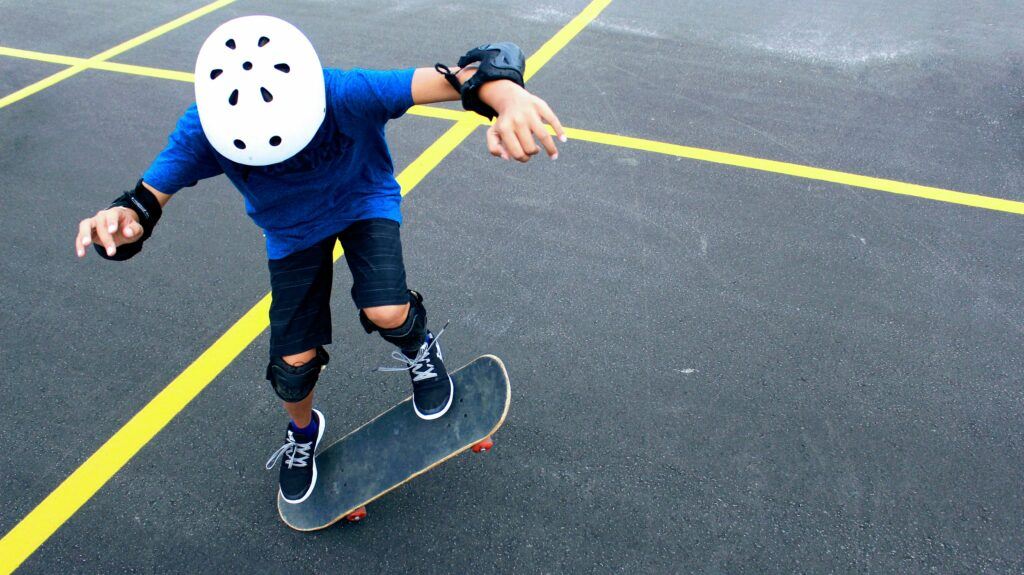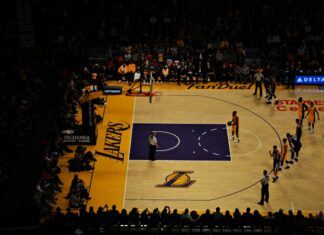Physical activity can take many forms, including free play or unstructured activities. The fitness community is well aware of the positive effects on children.
An adult’s absence from the children’s interactions can be defined like this. While it’s normal for an adult to be there at recess as a supervisor, this isn’t the same thing as an instructor. To succeed, the activity must be driven by the child, not the adult.
A wide range of positive effects:
Building a solid foundation in physical education lowering the chance of becoming obese Improving one’s mental abilities. Tutoring students in the art of teamwork Increasing self-esteem fostering a sense of community Adults are in charge of the rules, the progression, and essentially the entire operation. These games are typically played in organized sports such as baseball, basketball, and football.
Playing in an unstructured way is beneficial for Physical Activity:
For training, rest is essential, but it’s also true for nearly every other aspect of our lives. Physical Activity is an extended length of time that has passed. Moreover, we know that children require a lot more time off than adults. By incorporating free play into sports training, we can use play as a mental break during the process.
We can help athletes become more creative and confident both on and off the field by adding free play into sports. This means that students will do better in the classroom. Incorporating free play into athletics helps youngsters acquire various abilities that will serve them throughout their lives. Conflict resolution, group cooperation, negotiation, and decision-making skills.
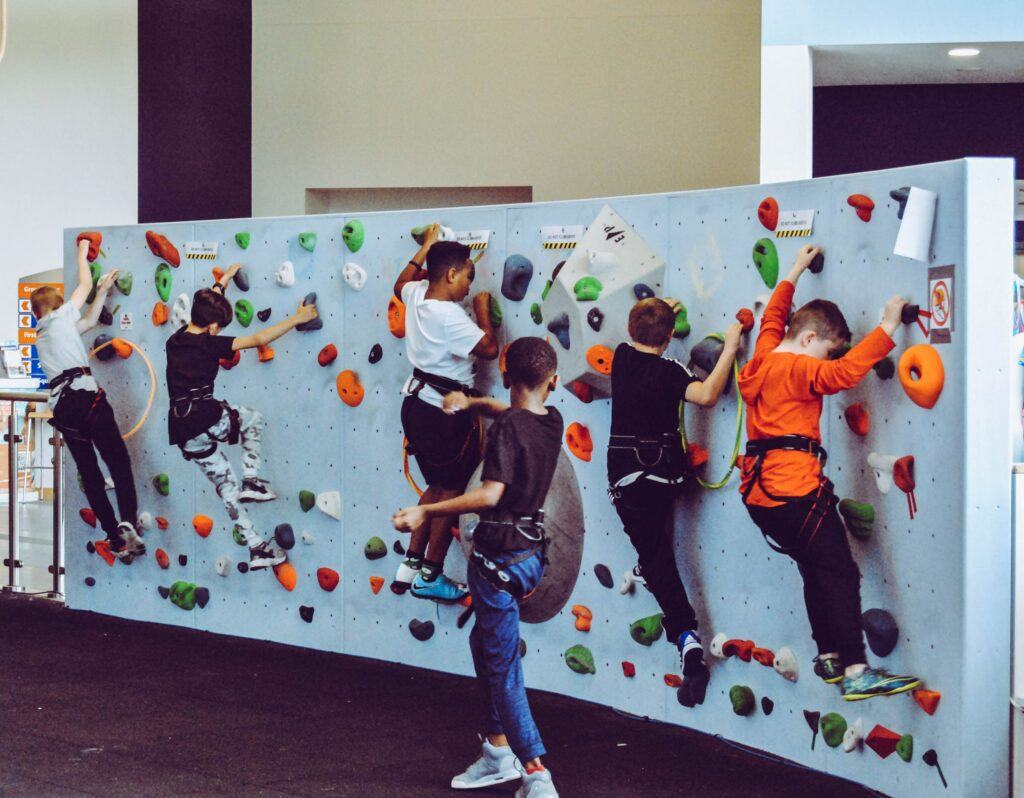
Free-to-play Game Trends:
It is my opinion that there needs to be a more excellent balance between free and structured play. We’re seeing a decrease in free play as well as a decrease in overall physical activity. As a result, play is now more linked with education than with fun. Instead of simply allowing the children to have fun, a greater emphasis is placed on teaching them the game’s rules and how to play it.
The way I am claiming that one kind of play is superior to the other. The result is that pupils are more concerned with following rules and regulations. That we seem to have lost that balance throughout the time. A 25 percent drop in free play and a 50 percent drop in outdoor activities have been found in research.
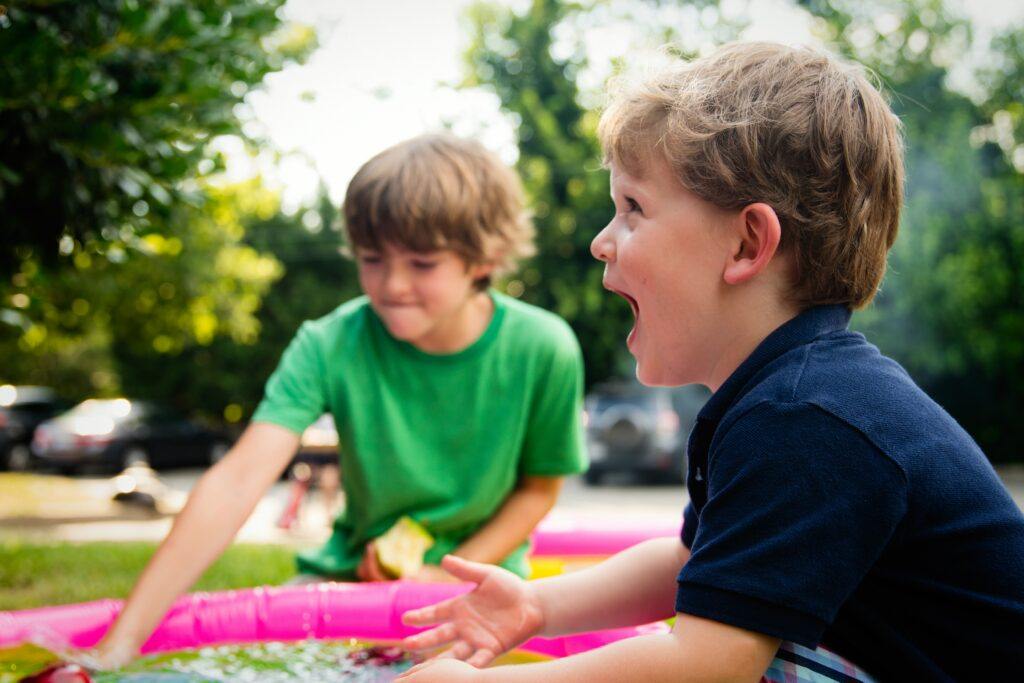
Free play has numerous advantages for children’s development. The benefits of limiting the number of times they have to engage in free play are lost. To put it another way, when a youngster loses, they are more heartbroken by the failure. And there are disparities in the way youngsters interact with one another when they are playing. People tend to focus on winning rather than having fun during sporting events.
Specialization in Sports for Children in Physical Activity:
In recent years, children’s play has grown increasingly prevalent in specialized institutions, particularly in the early to middle stages of life. After school, you and your buddies from the neighborhood gather in the park to play. Most of the time such stories have been made up, and even if they were the truth.

It’s a sentiment that many people may identify with:
There are no more pick-up games. Having fun isn’t a factor in this situation. Addressed the question of when to begin early, intensive training in all sports in a recent review. In general agreement, the amount of time spent practicing and training positively with one’s level of success. You have to be the best in your sport to be successful. We all read stories of guys like Tiger Woods and who started playing his sport at an early age and became a dominant pro. Instead, during the off-season, children are dropped off at sports specialization centers after school, and during the season, they participate in sports activities. Outside of these windows, there is little or no physical activity for children to participate in.
How Specialization Affects Your Life?
Although we’ve all heard people state that sports are entertaining, it’s often used as a marketing tool for a particular sport. The truth is that in most sports having enjoyment comes second to achieving high levels of performance. When we hear some people ask this to young athletes, we know they mean it. A study published in the American Journal of Sports Medicine looked at 1,200 young players over five years.
It is, nevertheless, a belief held by coaches and parents, and as a result, some youngsters are left on the bench, not participating and not playing. The more specialized a person is, the more likely they are to suffer an injury. When we hear young athletes being asked this question, we know it’s true. There comes the point in time when people lose interest, and they choose something else.
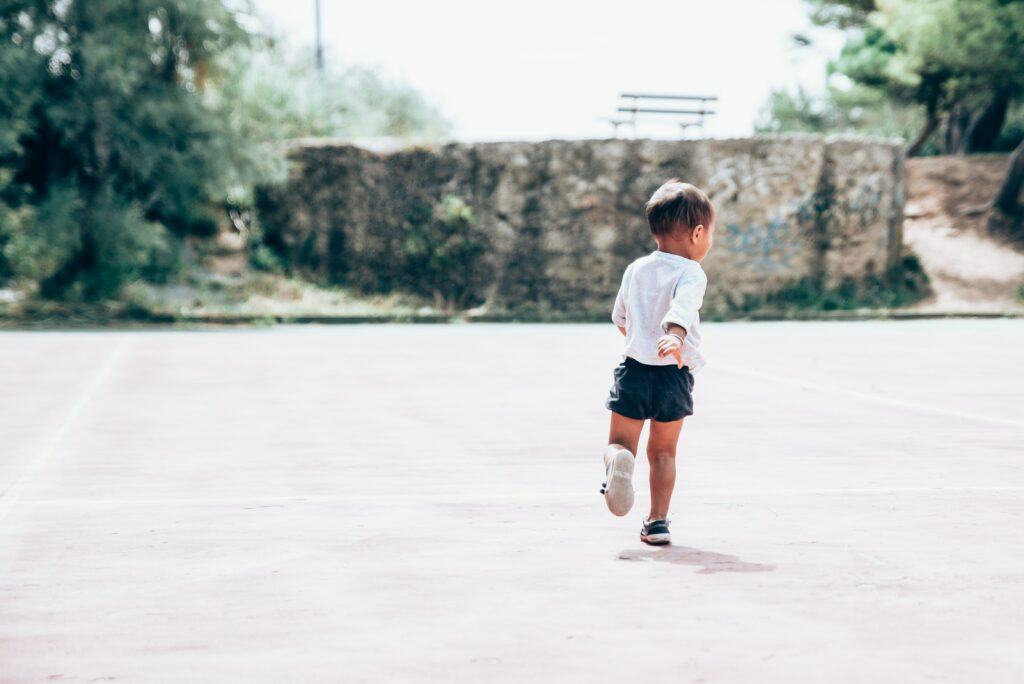
Too early specialization reduces the enjoyment of the sports. Recreational sports are viewed as “second class” by many people. Competitive, enjoyable, and not too expensive and these games allow players of all ages to participate in friendly competition. The phrase “not good enough to play for real” is a well-known one. This creates a negative image that discourages children and their parents from participating in leisure sports.
They’d like to participate in sports but they are discouraged from doing so. And they don’t believe they’re good enough. The graphics and realism are stunning, and the games themselves appear to be addicting. We’re losing ground to them as fitness advocates for kids, and it’s understandable. They embody all that athletics should used to stand for but are no longer available to our children to take part in physical activity.
What Can Be Done to Stop the Free Play Crisis for Physical Activity?
If the goal is for children to profit from sports in the present, then a “child-centered play” is the way to go. During sports practices, students can engage in unstructured free play and self-testing. The emphasis is on physical literacy rather than competitiveness. They should present a sport to children in a way that is appropriate for their age and maturity level.
It also enhances that children will find Physical activity they enjoy. Inspiring kids to explore a variety of sports rather than narrowing their interests early on. This encourages the development of a broader range of skills and completes muscle growth.


